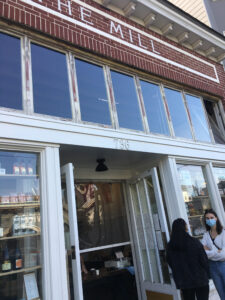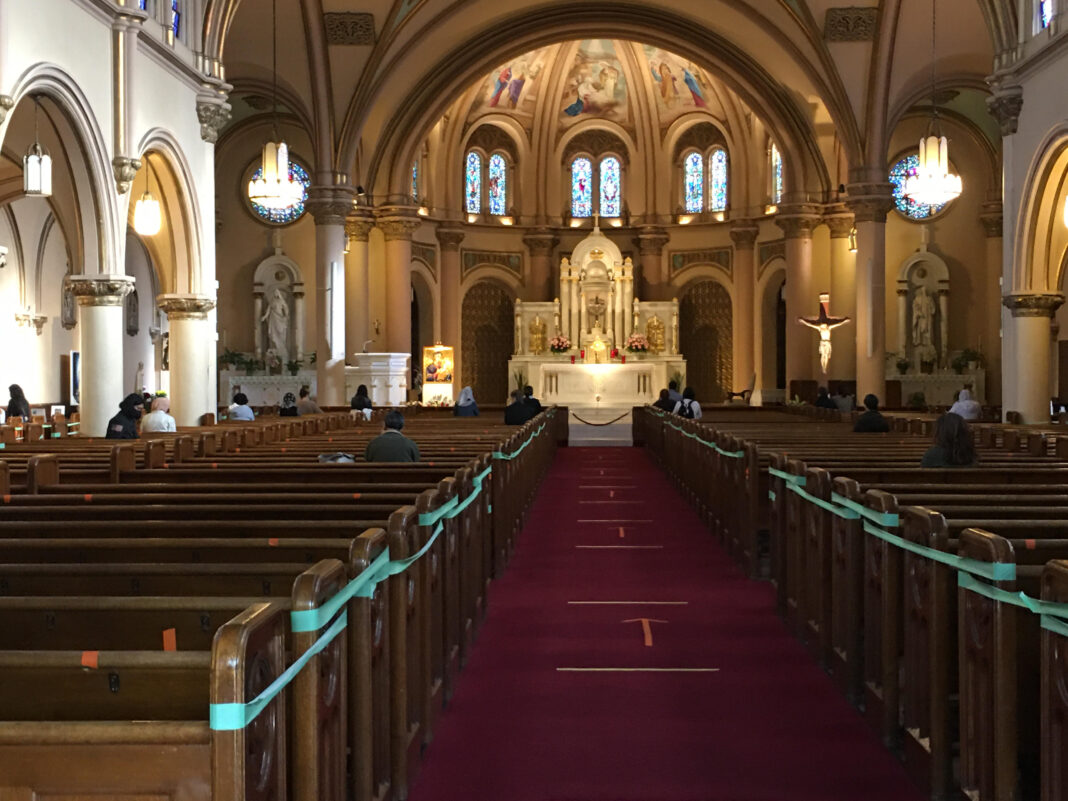SAN FRANCISCO—On Tuesday, October 20, San Francisco Mayor London Breed announced San Francisco’s entry into the yellow-tier of the State of California’s four-tiered reopening plan used to loosen and tighten restrictions on activity, introduced on August 28.
“I’m proud of the way San Francisco has responded to this pandemic,” said Breed in a Tweet. “It’s been hard, and people are tired, but despite these challenges, we have continued to support public health and move forward together.”
Under the “yellow tier,” which is labeled as “minimal” under the county risk column, “most indoor business operations” are open with modifications. Daily new cases under the “minimal” tier, are at a rate of less than 1 per 100,000 people. Positive test results for the “minimal” tier are at a rate of 2.2%.
She said one goal was reopening offices at 25% capacity, starting October 27. On Twitter she wrote, “Based on our low COVID-19 case & infection rates, we can move forward on reopening offices at 25% capacity, starting October 27.”
Climbing gyms and personal care services such as barbershops may also operate at 25% capacity on that date.
Mayor Breed said as long as our Key Public Health Indicators remain stable or improve, starting on November 3, houses of worship, indoor dining, and museums may operate at 50% capacity.

Mayor Breed also announced the opening of 56 schools. Additional reopening was planned for November. “As of today, we’ve approved 56 schools in SF to reopen, and we’re on track to approve some high schools to reopen in November.”
According to a press release, San Francisco Unified School District Schools will reopen no sooner than January 2021, with special needs students and preschoolers top priorities. Plans for small cohorts to return to school are currently in progress according to the school reopening dashboard. Major areas of work the SFUSD is undertaking to return to in-person instruction include areas such as health and safety protocols and providing sufficient personal protective equipment and cleaning supplies.
It is important to proceed with the utmost care and attention to detail when it comes to the health of our students and staff,” said Mark Sanchez, President of the SF Board of Education.
President of the United Educators of San Francisco Susan Solomon said school district staff long to be with students in person, but do not have the appropriate resources. “It is painfully clear that the challenges we face in reopening are due to a lack of necessary resources, which is why it is so very important that we all vote to bring in funding for public schools and services.”
According to a news announcement from Mayor Breed, as many as 114 private or charter schools have requested applications for in-person learning this fall. All San Francisco schools must meet the Department of Public Health’s health directive for reopening before resuming in-person learning.
The school reopening dashboard shows where schools are in the eight-step approval process. In order to reopen for in-person instruction, K-12 schools must submit a letter of interest to the San Francisco Department of Public Health, complete an application with the health and safety plan, undergo a desktop review of the application, undergo a review of facilities, request a site assessment, undergo a site assessment, and finally, receive a Department of Public Health letter.
Some schools such as KZV Armenian School and West Portal Lutheran School (K-3) were not approved and received the label “Needs Improvements.”






